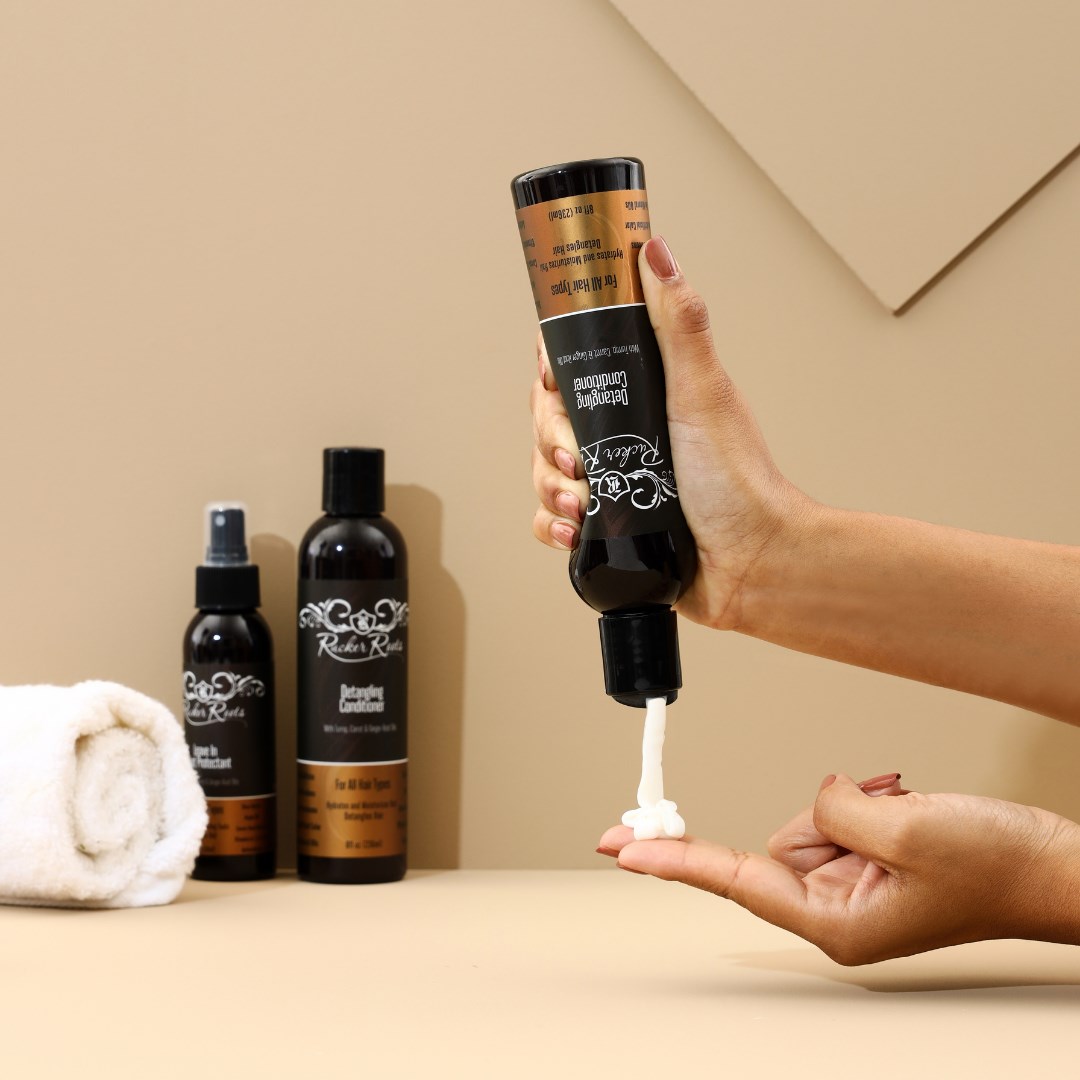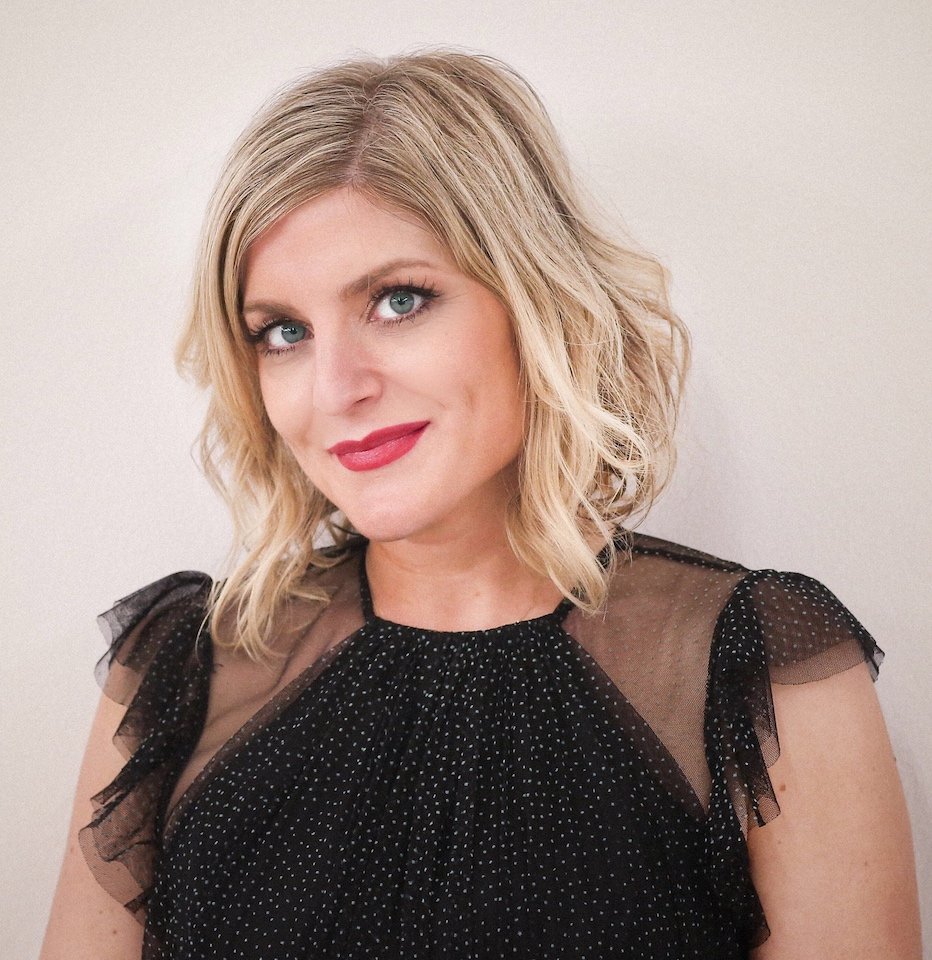
Sally Beauty Execs On Supporting Independent Brands And Serving Post-Pandemic Customers
As beauty consumers return to beauty stores and salons, professional beauty specialty retailer Sally Beauty is in a unique position to introduce emerging brands to them as they reload their beauty budgets.
Emerging brands aren’t a new focus for Sally Beauty. In 2018, it launched Cultivate, an accelerator program providing resources to nascent brands that it’s recently enhanced by tripling the prize money and adding a business bootcamp. Last month, the retailer revealed three brands selected for the 2020 cohort of the program—Peculiar Roots, UniQurl and Pattie Yankee Products—were granted distribution at select Sally Beauty stores. Along with a fourth participant of the program, True + Pure Texture, the brands launched on Sally Beauty’s website and the site CosmoProfBeauty.com.
It appears to be a great time for the brands to break into Sally Beauty. While the thick of the global pandemic was tough for the chain, with the crisis diminishing in the United States, it registered a strong first quarter. Though its net store count decreased by 76 to 3,625 at the end of the quarter, same-store sales increased 6.5% and global e-commerce sales climbed 56%.
Beauty Independent spoke with Sally Beauty executives JC Johnson, group VP of digital strategy and innovation, and Maryann Herskowitz, group VP, about the retailer’s Cultivate program, its work helping indie beauty brands become successful online and at stores, and the expectations for beauty as the pandemic hopefully continues to subside.
The Cultivate Curriculum
“The purpose is to empower female entrepreneurs and really provide them with the tools they need to grow a business,” says Johnson. “This is not a business pitch. The competition is for a business that you have launched in the beauty community, and how can we help you accelerate and grow that business?” Along with distribution at Sally Beauty either online or at stores, the four brands that were part of Cultivate’s most recent cohort were awarded grants worth a combined total of $60,000 and a virtual four-week retail readiness bootcamp covering merchandising, social media, e-commerce and funding that culminated in a pitch competition in front of Sally Beauty’s CEO, chief merchandising officer and two company presidents.
This year, the bootcamp also featured a surprise virtual fireside chat featuring Gabrielle Union and Larry Sims, partners in the recently relaunched brand Flawless Curls, and mother-and-daughter Monica and Lexi Proctor, co-founders of Curlanista, winner of the inaugural Cultivate. We really invested in these brands in a very big way and continue to do so,” says Johnson. “It’s an ongoing cultivation.”
The Insights emerging beauty brands bring
Citing a Boston Consulting Group study showing female-founded company raise less money, but generate more revenue, Johnson says, “It makes great business sense for companies with resources to keep these female-founded brands on your radar for investment.” She adds, “All of the women in our cohort identify specific gaps in the market based on their unique knowledge and experiences.”
Johnson points out Peculiar Roots CEO and co-founder Tara Darnley created a line of products targeting people with locs. “When she pitched to our panel of judges, including our CEO, she surprised us by explaining some of the beauty hacks that people with locs were using today, things like lint rollers or air freshener spray to address build up on their locks. She said, ‘How can I take this behavior and specifically design a product to address these needs that aren’t immediately obvious if your hair is not and a locked hairstyle and address it in a way that is nourishing for the hair?’”
If Sally Beauty didn’t foster female-founded brands, Johnson asserts it risks not being privy to valuable insights that founders provide and missing market opportunities. She says. “As a company, we’re [looking at] how can we lift up these brands and provide them with support? How can we support them and open up doors?”
The Qualities That Attract Sally Beauty To Indie Brands
Herskowitz says Sally Beauty always wants to offer the “latest and greatest” across the hair category. “For us, it’s that unique point of difference,” declares Herskowitz. “It could either be a new format, like how it’s delivered, to just a new shampoo, but it’s a new delivery system. It’s a different way to apply hair color or highlights. So, things like that where we’re not covered in the category or we see that there’s an unmet consumer need and there’s a product that fits it, that’s high on our list.”
She gives the example of locs care brand Rucker Roots. “That’s a white space in the category. There’s a couple of products that are there, but it’s not really big, and it’s a need out there that consumers are looking for. These products, everything from how to keep the hair condition to how to make it smell great, those products cover that.”
The Support The REtailer Gives To brands In Nascent Categories
Brands propelling new product categories can face challenges that emerging brands may find difficult to manage. Herskowitz says Sally Beauty will “pull all sorts of levers” to ensure pioneering brands succeed. She explains, “We educate our team members when we have new products. They’re a very good resource for us to talk to the consumer about the product. We put tutorials online, supporting shopping that way. Then, the social media that we use, we’ll find ways to show her or talk to her about the product. Sometimes, you’re in a whole new category she hasn’t thought she needs, so we bring the education.”

The Store Rollout Process
Given the size of Sally Beauty, emerging brands entering the retailer must do so carefully to not crash and burn. It has designed a rollout playbook to assist smaller brands with national distribution. “In many cases, we have started online where it’s very easy to see how it’s doing compared against its peers and get an idea of how it would do in stores,” says Herskowitz. “If it’s an emerging brand or a newer brand, we like to start slower with a group of stores and move on from there.”
The Price Preferences of SALLY BEAUTY SHOPPERs
While there is price sensitivity, Herskowitz emphasizes quality is paramount to Sally Beauty shoppers. “You can have a high-price shampoo, but, if it’s not delivering on end benefits, it’s not going to be attractive to the consumer,” she says. “There has to be a reason for the high price, but we’re open, and we’ve added brands new to us.” Herskowitz identifies the brands Chi and Nexus as known brands new to Sally Beauty. She says, “The consumer’s responding well to those because they deliver the right amount of quality for the price that they’re asking. So, we can be there or we can be on an opening price point, too. It just depends on the type of item.”
Changes in consumer behavior
As the leader in hair color, Sally Beauty is paying special attention to how consumers are handling their highlights and dye jobs, or handing the tasks back over to professionals, in a post-COVID world. Hershkovitz is not expecting the pendulum to swing all the way back to pre-pandemic behavior when it comes to frequency of salon visits. “I think it’s going to be a mix,” she predicts. “I think the people who wanted to get back in the salon are already there. But I also have seen where it is quite empowering to be able to do your own hair at home. You think about the time you spend in a salon and to be home doing other things while you’re processing is a nice time saver. So, I think it could be a hybrid approach where every couple of visits are in the salon, but they’re doing their own touch ups at home.”
She feels similar about the nail category, where consumers also learned to do for themselves what previously they solely relied on professionals for. “She learned how to do her nails at home. And I think that’s empowering too, you don’t have to wait for an appointment. You can just get it done,” she says.
She cites product innovation in the nail category as a driver of DIY adoption as well. “Filling powders, acrylics, even press-ons, they’re so much better than they were back in the day when they first came out. I hope I’m not insulting anyone, but, um, you know, I’ve used press-ons, washed my hair, done things around the house and they’re still there.”
The POST-Pandemic Playbook
Sally Beauty’s focus on the safety of store associates and customers isn’t disappearing. That means initiatives such as curbside pickup and buy online pick up at store (BOPIS) capabilities that kicked off amid the pandemic aren’t going away.
From a category perspective, Sally Beauty is zeroing in on hair color. “We have the largest assortment of hair color, in particular professional quality hair color,” says Johnson. “With COVID, we have seen quite a few of our customers and new customers who are saying, ‘I need to figure out how to do this myself at home.’ This DIY culture has really exploded in particular with hair color, and that’s our differentiated course. We are really leaning into that.”
Herskowitz elaborates, “When COVID first happened, we were there with coloring and nail tips, and all sorts of things to help her out when her salon closed. As we’ve been shifting through this, we’ve been thinking through value we can offer her, different products that might make air drying easier or styling easier depending on where she’s at. It’s really just monitoring and responding.”





Leave a Reply
You must be logged in to post a comment.